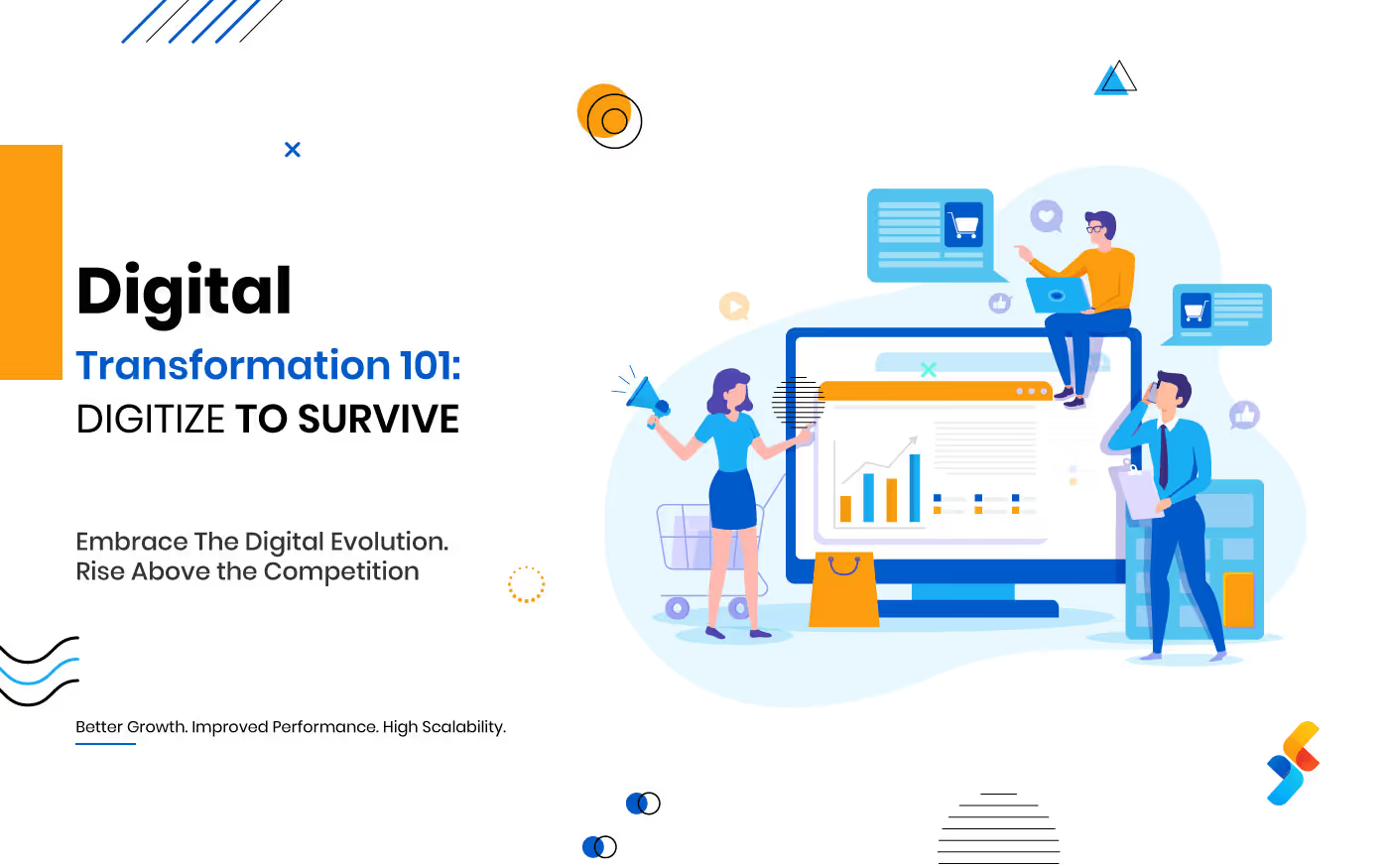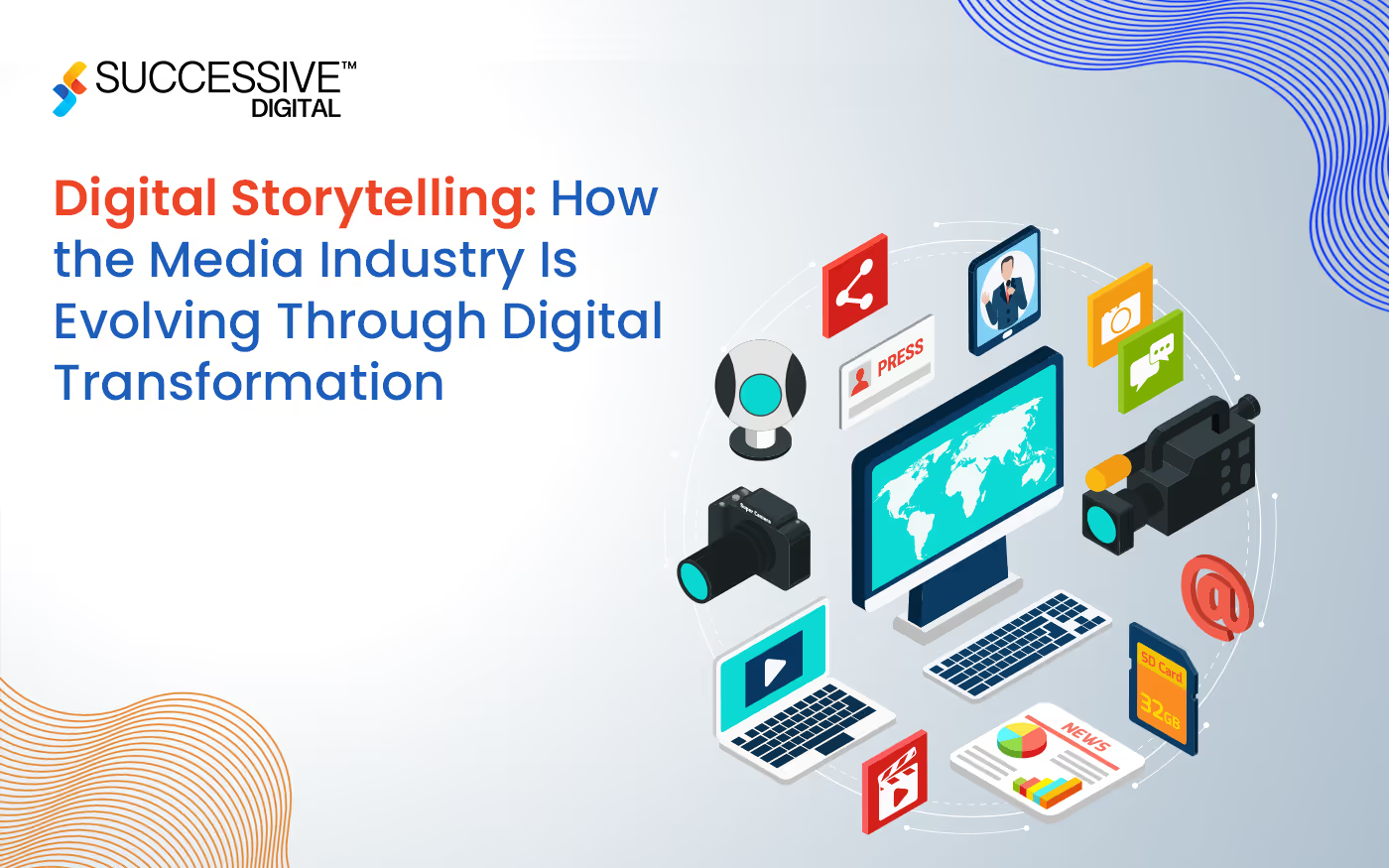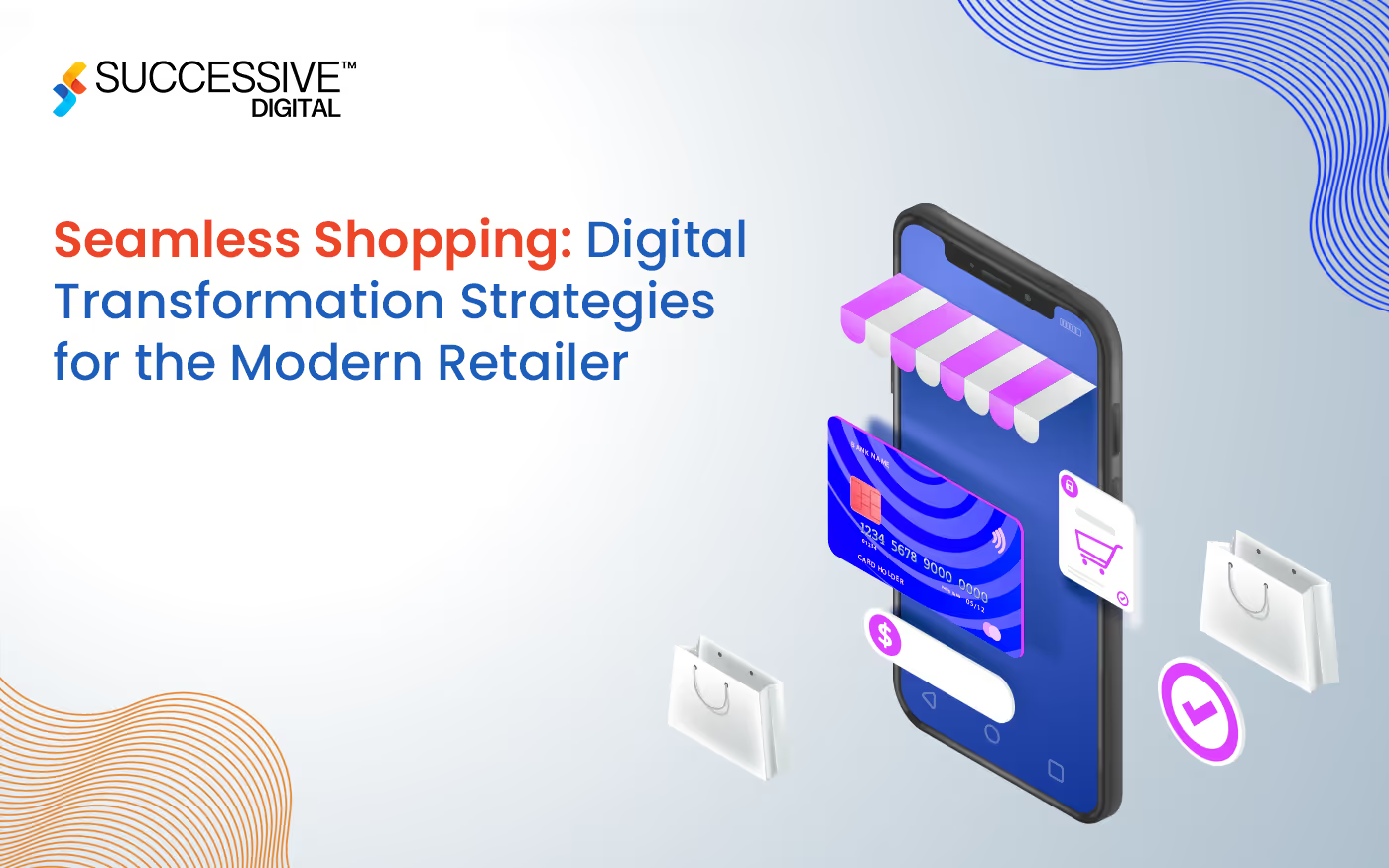Digitalization is wide-ranging and the buzz word in the business world. Businesses that delay in innovating with modern technologies face disrupted productivity and grappling to catch up. Nowadays, people have revamped their shopping trends. Technology has made it extremely convenient that you can now actually window-shop swiping through items on your smart devices and make a purchase from the comfort of your home/anywhere. Digital transformation can be seen far beyond the reach of businesses into all aspects of society and how people behave. E-commerce always focused on its sellers to innovate and adapt to the advancements in technology, influences in the business, and the ever-changing trends in consumer behavior. A quick overview--Digital transformation signifies adapting to the trending technologies along with modifying the customer expectations, societal shifts, and industry disruptions. Businesses, in responding to these transformations, are wanting to become more customer-focused, nimble, adaptive to new opportunities, and dynamic to stay competitive.
According to the study, global retail e-commerce sales will rise to $4.13 trillion in 2020 and by 2040 about 95% of purchases will be done through e-commerce. Also, by 2025 online luxury sales to the global high-end market will more than triple to reach $91 billion which means 20% of luxury sales will be done online. The current trend projections for eCommerce retail sales in the United States predict over $700 million by 2023 which is a 60% rise since 2018. A recent poll discovered that 59% of shoppers are drawn to a brand’s website in searching for the latest products. Additionally, 37% stated that they expect a more pleasant overall experience than when they shop through third-party retailers.
Most Companies Have an Online Presence
Whether it’s a website, an e-commerce platform, a social media page, or anything, getting your company online harvests major advantages. Even if your firm does not possess an online business, customers and potential customers are expecting you online. Not having an online presence may lead you to lose out on the opportunity to improve your customer base and get the word out about your business. Customers perform online research to make choices on which product to purchase and which brands to unite with. A survey explains that 65% of people read online reviews before making a purchase, and only 45% visit the company’s website. Small businesses are also realizing the benefits of online business and hence they are steadily moving online. 2/3rd of small businesses now have an operational website.
Brick and Mortar Stores have now Built Online Outlets
As foot traffic remains leaned in the brick-and-mortar stores and declining sales make rents and leases extremely challenging to sustain, businesses are required to make adjustments and advancements to lure consumers in spending more time and money in stores. Many renowned companies have already made the shift in this direction by establishing a much-required connection between their online and offline business. Customers these days want a consistent and loyal relationship with their preferred brands online and require access to their products anytime in a much seamless and convenient way. Currently, only 10% of the retailers provide a frictionless omnichannel experience to their customers.
Various Small Businesses Have Migrated to Online-Only Storefronts
For small stores and restaurants, online sales, take-away services, and local deliveries have become crucial survival tools. Nowadays, the retail tenants that have grown, and that will continue to grow, are those that have embraced the technological advancements. It is far more cost-efficient to run an online shop than have a brick-and-mortar store, so small businesses, and direct-to-consumer brands are getting their start online only before broadening into offline markets and their storefronts.
Conclusion
Digitization holds the potential of making the business more dynamic, flexible, and better aligned with your customer-driven landscape. In the digital age, embracing technology is compelling for everyone from small businesses to large enterprises to stay productive and ahead. Business leaders who embrace transformation have to consider prevailing operating standards, methods, and technologies.
.avif)










.jpg)









